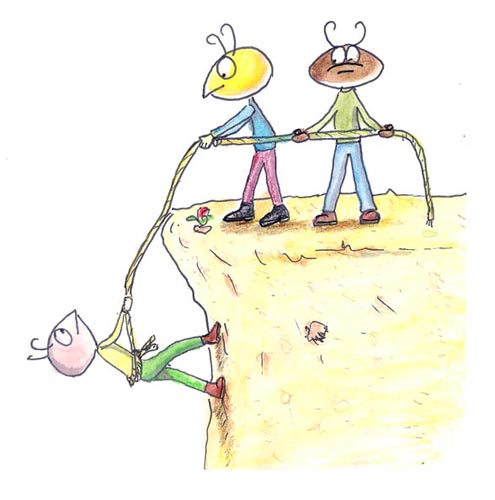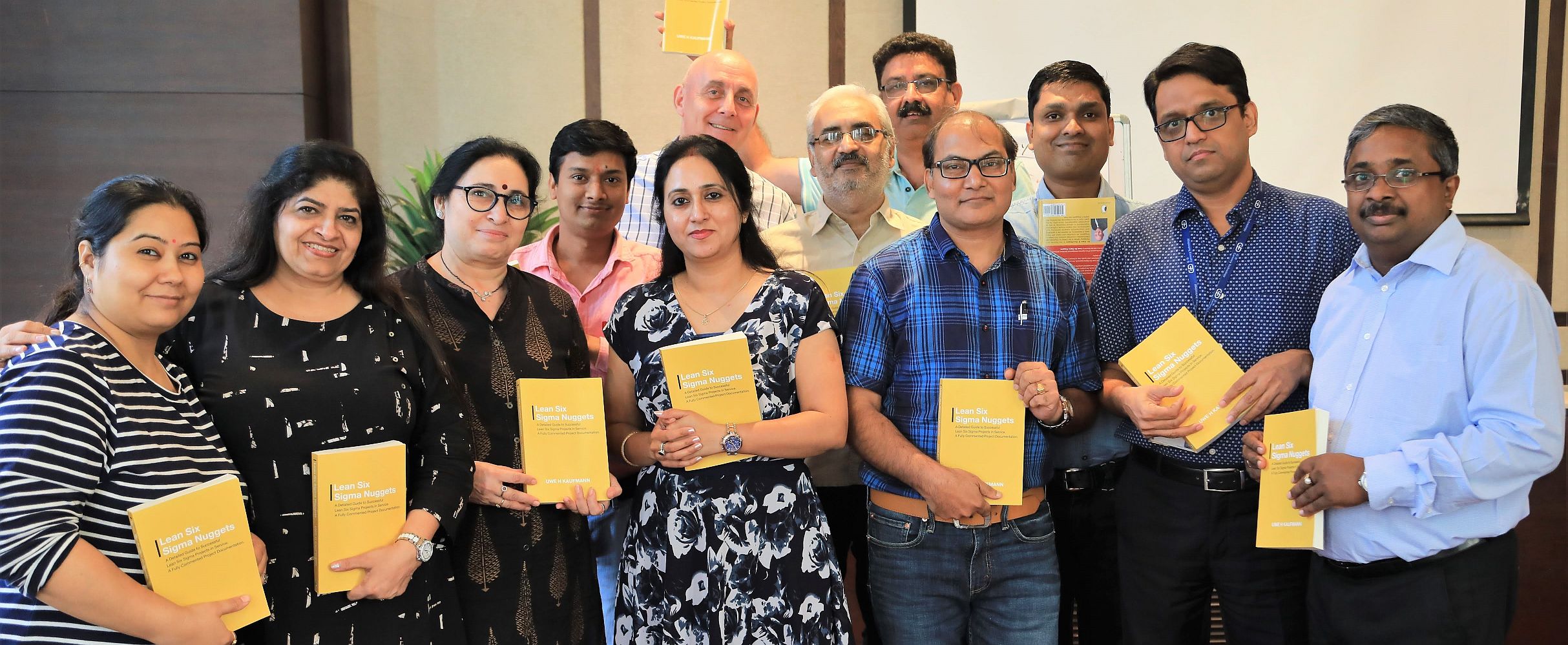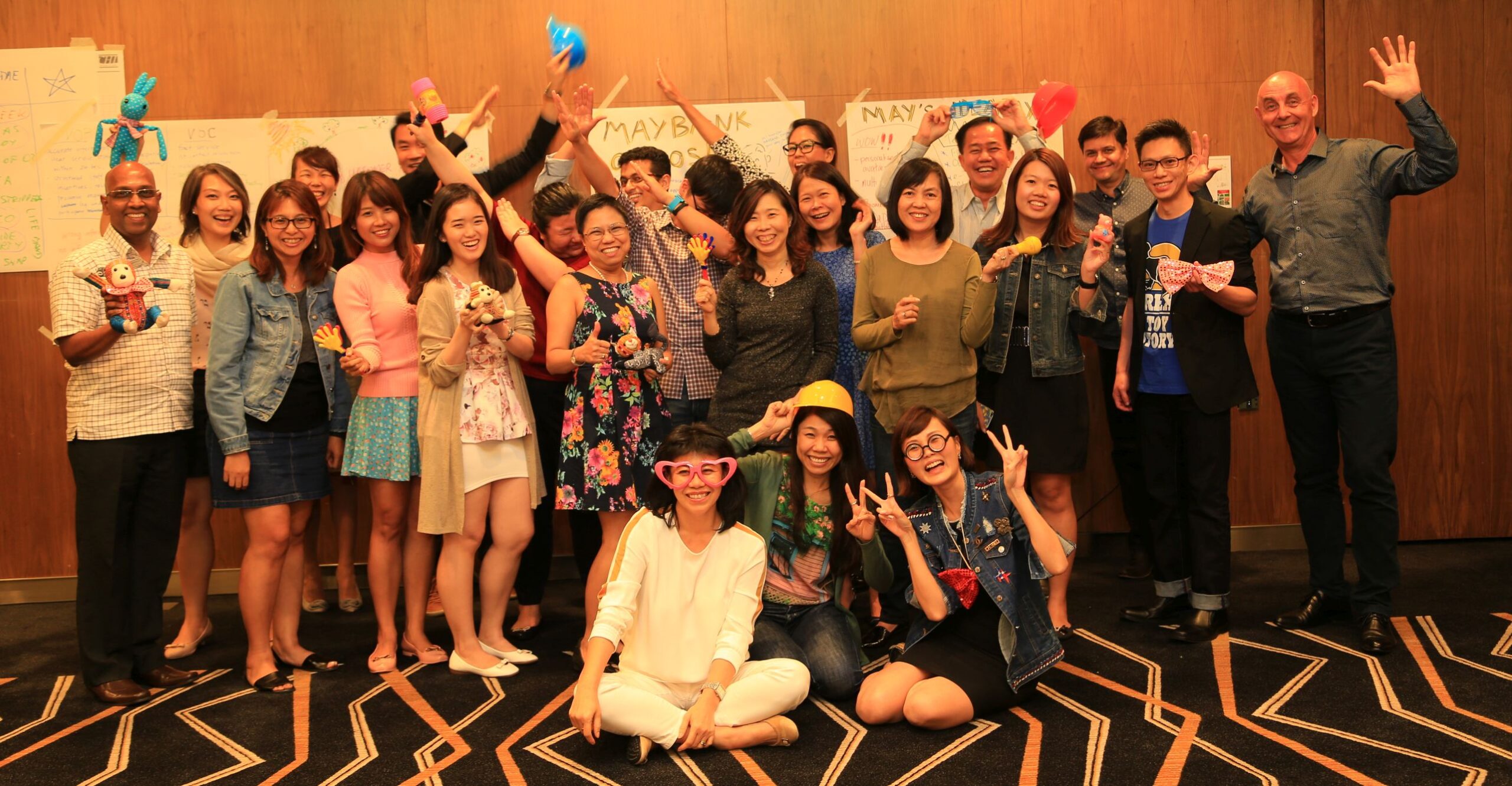
If you want to lead people, start with developing the capability for listening to them. If you sincerely listen to...

If you want to lead people, start with developing the capability for listening to them. If you sincerely listen to...

To be a good coach is hard work. Coaching requires a set of skills that need to be built. The...

Given today’s need for HR professionals to be Strategic Business Partners, to be a ‘Voice of Conscience’ to the CEOs...

At some point in a mentoring relationship, the need for a difficult conversation will arise. Whereas every conflict is different,...

Annual culture surveys are not good enough to connect managers and their staff. They are too formal and deliver only...

In response to evolving conditions, you came to realise that your organisation must change. Change leadership consists of project sponsor,...
Two weeks after joining Central Bank in Germany, I spend a full week in the so-called Black Belt Training by...
New undertakings or experiences are always challenging at first. This is no different when Schenker Singapore (Pte) Ltd, a transportation...

A couple of years ago, I was meeting the President of an Asian multi-national mid-sized service company for a Six...
Today, organisations must change their priorities from a traditional focus on planning and control to emphasising speed, innovation, flexibility, quality,...
OurBank is a small German bank with branches in Germany and approximately 300 employees working either in the headquarter office...
Copyright © 2025 by COE Pte Ltd. All Rights Reserved.